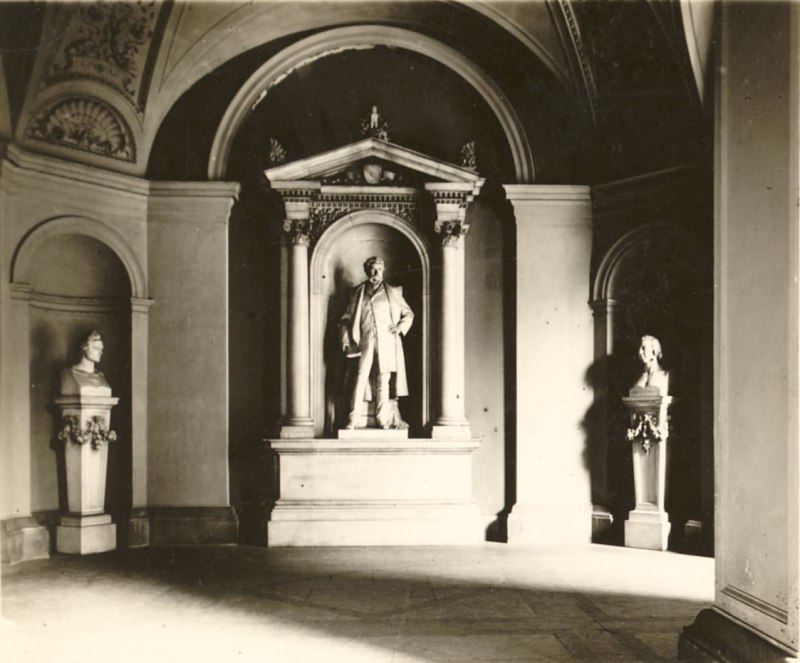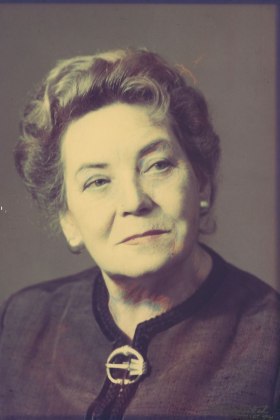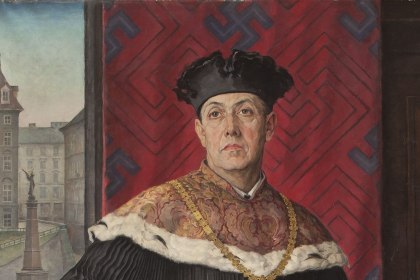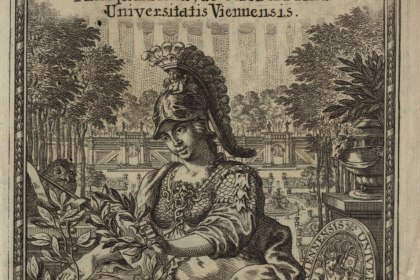Universitas semper reformanda
The history of university reforms is almost as old as the universities themselves. In the center of the often controversially led arguments that accompanied and shaped reform processes stands the question of goals and purposes of universities, their role in society and their relationship to the state. An often used witticism suggests that a university reform is like relocating a graveyard – one cannot expect the people concerned to contribute anything. Contrary to this, however, members of the faculty and the student body did indeed contribute to the discussions, raised demands and brought suggestions. Considering the historically grown identity of a centuries-old institution, it is no wonder that questions that touch upon this identity bring forth controversial standpoints which sometimes could be interpreted as defiance.
For decades, Austrian universities were shaped by the reforms of the 19th century. At the end of the 20th century a new dynamic set in that led to radical restructuring under the banner of university autonomy with the Universitätsgesetz (university law) of 2002.
For more than 80 years, with the exception of the Nazi era, the structures of the Austrian universities were shaped by the 1873 law on the organization of academic authorities (OG 1873). It had replaced the provisional organization law of 1849 and abolished the last remnants of the medieval corporation constitution with the removal of the faculty-doctorate councils from the university organization. The conversion into a “university of tenured professors” started after 1848 thus became definitive. Until 1975 the leadership of the universities lay almost exclusively with the professors. However, the universities still were state institutions with a restricted autonomous area of competence.
Reform as consolidation of the status quo
The OG 1873 represented electoral and operational rules for the academic authorities, which had not brought many innovations compared to the provisional organization law of 1849. It formed a basic university law which in the decades to follow led to an increasingly overwhelming number of ministerial provisions and decrees. A replacement was only implemented in 1955 with the Hochschulorganisationsgesetz (university organization law, HOG), which consolidated the many separate decrees into one legislative text. The goal of the Ministry of Education led by the ÖVP and of some members of the faculty was not a complete reform of the university system, but a consolidation of the legal regulations with a strong restorative tendency. The professors’ leading role remained intact. Furthermore, the HOG 1955 clarified the distinction between the state’s and the autonomous university’s spheres of action and the categories in the teaching staff, as well as creating uniform academic terminology and establishing a legal basis for the Rectors’ Conference.
University participation
The 1975 Universitätsorganisationsgesetz (university organization law, UOG) enacted under Minister of Science Hertha Firnberg in the socialist one-party government was the most impactful legal measure since 1849 up to that point. It embraced the demands of students and the non-professorial teaching staff from the 1960s for participation at the universities. Against the opposition of many professors these groups now received participation rights. In the university bodies (senate, faculties, institutes) the professors’ council was joined by councils of assistants and lecturers, students and general university personnel, who now were involved in decision-making processes. This led to a significant change in the administrational structure. The newly founded university directorate became the ministry’s “long arm”. The faculty structure in place since the Middle Ages (with the addition of the Faculty of Protestant theology in 1922) was expanded: the five existing faculties became eight through the division of the Faculty of Law and Political Science and the Faculty of Philosophy.
The demand for a “democratization of the universities” led to a university based on committees, in which decision-making processes were often lengthy. While the administrational structure had been modernized, the universities still remained state institutions with both autonomous and assigned tasks. Possibilities for independent changes remained few within this framework.
Autonomization of the universities
In the 1970s the university had opened up towards society, but the state-controlled and restricted autonomy was increasingly criticized. The quickly changing study conditions of a mass university and demands from the spheres of economy and politics, who understood the universities as a motor of economic development, led to intensified reform efforts beginning in the 1980s. Among other things, outdated and unwieldy leadership structures and the lack of scientific focus were criticized. The 1999 UOG, implemented at the University of Vienna in 2000, made the first steps towards deregulation and autonomization, but remained a transitional law.
The Universitätsgesetz of 2002 (university law, UG, in effect from January 1, 2004) achieved a complete organizational restructuring. The university’s legal status changed fundamentally: A part legally responsible institute of the state became a fully responsible legal entity under public law with full legal capacity. The university received control over the personnel and the budget, and the state constrained itself to legal supervision. A new institution was the university council, which is one of the highest administrative bodies next to the rectorate and the senate. The Faculty of Medicine that had existed since the university’s foundation in 1365 was newly established as the Medical University of Vienna.
Because of this reform, entrepreneurial principles became important for the university leadership. The goal became to improve the universities’ ability to act in such a way that they could strategically design their tasks in research and teaching and constantly improve them. In keeping with the principles of public governance and New Public Management those tasks should no longer be implemented via state decrees, but instead on the basis of performance agreements between university and ministry, thus ensuring a flexible, performance- and quality-oriented autonomous approach. An intellectual capital statement by the university serves as an instrument for observation and control.
Zuletzt aktualisiert am 03/04/24
-
Leo Graf von Thun-Hohenstein
7.4.1811–17.12.1888 -
Hertha Firnberg
18.9.1909–14.2.1994





